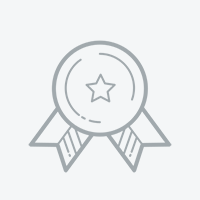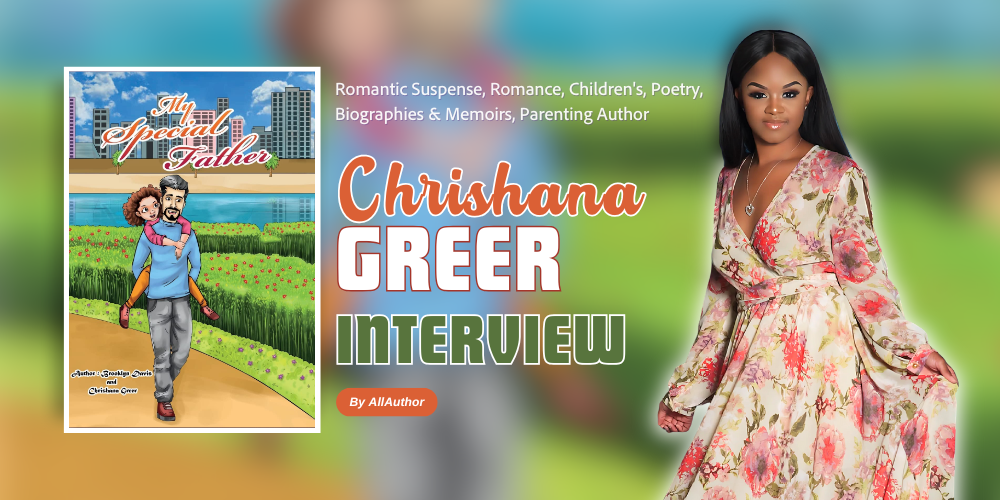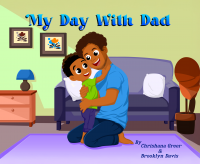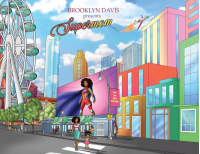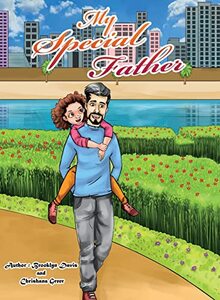What inspired you to pursue a career in cybersecurity, and how has your military experience shaped your approach to the field?
My interest in cybersecurity came from a deep-rooted desire to protect and defend—not just on the battlefield, but in the digital world as well. During my military service, I saw firsthand how critical it is to have secure and resilient systems, especially when national security is on the line. The structure, discipline, and urgency I developed in the military shaped how I approach threats: proactively, decisively, and always with mission-readiness in mind.
Cyber threats are constantly evolving—what do you see as the biggest challenge in cybersecurity today?
The human factor remains our biggest vulnerability. Technology can only take us so far; it’s the decisions and behaviors of people—clicking suspicious links, mishandling data—that often open the door to breaches. Training, awareness, and a strong cybersecurity culture are essential, yet often overlooked.
As an Information Assurance Officer, what was one of the most challenging situations you’ve faced, and how did you handle it?
One situation involved a suspected insider threat—someone with authorized access putting systems at risk. It required swift action, discretion, and a coordinated effort with leadership to ensure the threat was neutralized without compromising the integrity of the mission. It reminded me that in cybersecurity, sometimes the greatest threats come from within.
What motivated you to transition from cybersecurity into writing, and how did your first book come to life?
Writing was always a quiet passion of mine. After years of working in high-stress environments, I needed an outlet—a space to process, reflect, and create. My first book, The Truth Behind the Lies, was born from that space. It started as therapy, turned into storytelling, and eventually became a published novel.
Your book “The Truth Behind the Lies” has gained significant attention. What inspired the story, and what message do you hope readers take away from it?
The inspiration came from real-life complexities—the hidden battles people fight behind closed doors. I wanted to explore themes of betrayal, resilience, and redemption. If readers take away anything, I hope it’s that healing is possible, and sometimes the truth, no matter how painful, sets you free.
You've also written children's books—what themes or lessons do you aim to convey to young readers?
I focus on self-confidence, empathy, and the power of imagination. Kids need to see themselves reflected in books, and they need to know their feelings and dreams matter. Whether it’s teaching kindness or encouraging bravery, my goal is to leave a lasting, positive impression.
Do your cybersecurity experiences influence your storytelling, and if so, how?
Absolutely. My background brings a level of depth and awareness to the worlds I create. Whether it’s the tension of trust, the need for vigilance, or the idea that not everything is what it seems—those cybersecurity instincts find their way into my narratives.
What is your writing process like? Do you follow a strict routine, or is it more spontaneous?
I’d love to say I have a strict routine, but the truth is, it’s more intuitive. Inspiration comes at odd hours—sometimes in the middle of the night. When I’m writing, I’m immersed. I let the story take the lead, and I follow.
Many authors face challenges in getting their work published and recognized. What advice would you give to aspiring writers looking to make an impact?
Don’t wait for validation—write your truth, refine your craft, and take control of your journey. The publishing landscape is evolving, and there’s room for all voices. Persistence, authenticity, and community will take you further than doubt ever could.
How do you approach writing children's books versus more serious or adult-themed works?
Children’s books require simplicity without losing depth. Every word counts. With adult fiction, I can dig deeper into nuance and complex emotional landscapes. Both forms challenge me in different ways, and I love the creative stretch that comes from switching between them.
Your work has been featured in prestigious publications—how has that recognition influenced your writing career?
It’s humbling and validating. It reminds me that the stories I share resonate beyond my circle. It’s opened doors and encouraged me to keep pushing forward, especially during moments of doubt.
Have you ever faced any challenges as a female author in both the cybersecurity and literary worlds?
Yes, definitely. In cybersecurity, I had to prove my expertise in spaces that weren’t always welcoming. In publishing, it can be difficult to be taken seriously when you straddle genres or aren’t following a commercial path. But each challenge only sharpened my resolve and fueled my creativity.
What’s next for you? Are you working on any new books or cybersecurity initiatives that you’d like to share with us?
I’m currently developing a new thriller that merges my cybersecurity background with fiction—a cybercrime story with deeply human stakes.
What advice would you give to aspiring authors, especially those balancing a full-time career?
Use your life as your material. Your schedule might be packed, but carve out time—even 20 minutes a day. Let your career inform your creativity. And above all, give yourself permission to evolve at your own pace.
What has your AllAuthor experience been like so far? What are some highlights?
AllAuthor has been an incredible platform to connect with readers and fellow writers. The exposure, promotional tools, and supportive community have made a big difference in my journey. It’s a space where creativity is truly championed.




